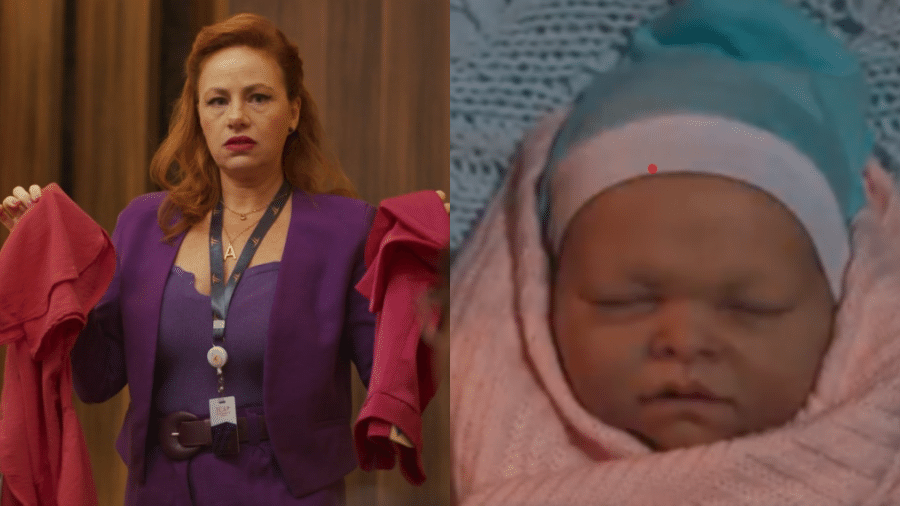Pamela Anderson 'nunca vai assistir' série sobre seu sex tape vazado

A atriz Pamela Anderson "nunca vai assistir" a série "Pam & Tommy", produzida para o streaming do Star+, sobre o sex tape vazado da época em que ela era casada com Tommy Lee, baterista do Mötley Crüe, nos anos 1990.
Segundo a Entertainment Weekly, uma fonte próxima à Pamela Anderson garantiu que ela jamais verá a série e sequer assistiu o trailer da produção.
"O que eu sei é que ela não vai assistir essa série nem hoje, nem nunca. Nem mesmo daqui a muitos anos. Nem mesmo o trailer", declarou a fonte, que ressaltou ainda o fato de os produtores terem tentado entrar em contato com a atriz em duas ocasiões, mas ela não quis colaborar com a história, ao contrário de Tommy Lee.
Por fim, a revista diz que a fonte destacou o fato de "Pam & Tommy" ar a impressão de que a artista "ainda está disponível para quem quiser explorar a imagem dela".
"Pam & Tommy" conta com oito episódios, estrelados por Lily James como Pamela e Sebastian Stan como Tommy. A trama segue a mesma linha polêmica da história original e apresenta diversas sequências de sexo, uso de drogas e até mesmo uma conversa do protagonista com o próprio pênis.

















ID: {{comments.info.id}}
URL: {{comments.info.url}}
Ocorreu um erro ao carregar os comentários.
Por favor, tente novamente mais tarde.
{{comments.total}} Comentário
{{comments.total}} Comentários
Seja o primeiro a comentar
Essa discussão está encerrada
Não é possivel enviar novos comentários.
Essa área é exclusiva para você, , ler e comentar.
Só s do UOL podem comentar
Ainda não é ? Assine já.
Se você já é do UOL, faça seu .
O autor da mensagem, e não o UOL, é o responsável pelo comentário. Reserve um tempo para ler as Regras de Uso para comentários.